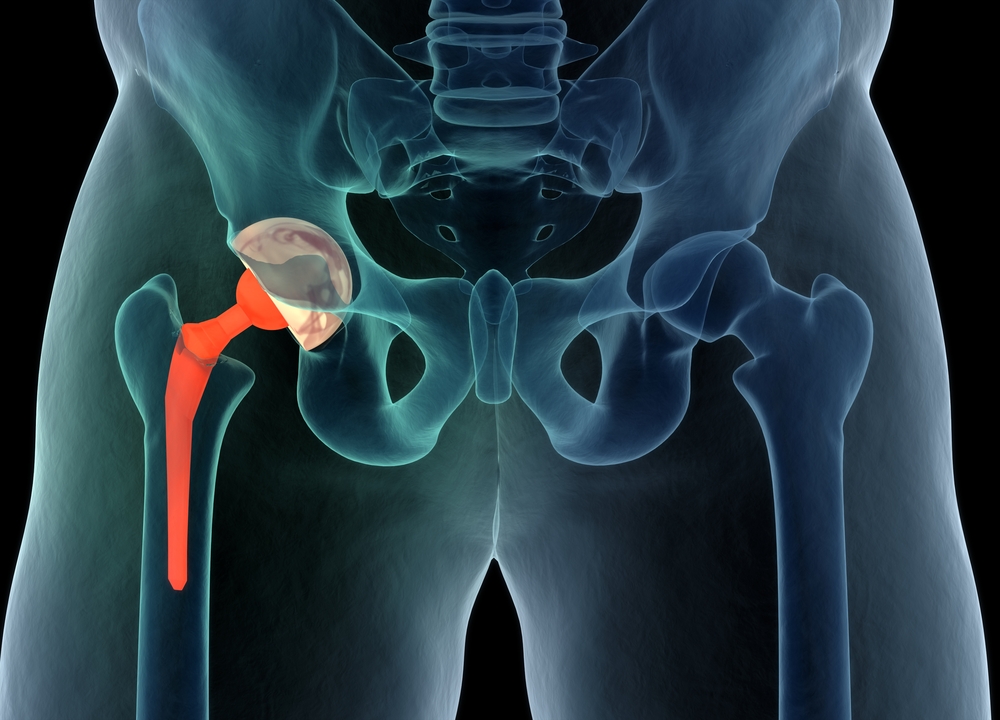Are you considering hip replacement surgery? Whether you’re trying to reduce chronic pain or increase mobility, hip replacement surgery can be a life-changing procedure. But not all hip replacement surgeries are the same. Different types of hip replacement surgeries can be used to meet different needs, so it’s important to know the options before deciding which one is right for you. In this blog, we’ll explore the different types of hip replacement surgeries and the advantages and disadvantages of each. We’ll also discuss things to consider when choosing hip replacement surgery and tips for recovery. By the end, you’ll be better equipped to make an informed decision about your hip replacement surgery. Let’s get started!
Overview of Hip Replacement Surgeries
Hip replacement surgery is a procedure that involves removing a damaged or diseased hip joint and replacing it with an artificial joint. The artificial joint (prosthesis) is made of metal, plastic, or ceramic components. The surgery is designed to improve flexibility, reduce pain, and improve mobility in the hip joint. During the procedure, a surgeon will make an incision over the hip joint, remove the damaged joint, and replace it with an artificial joint. The surgery typically lasts between one to two hours. After the procedure, patients may require a period of physical therapy and rehabilitation to help them regain their strength and mobility.
Different types of hip replacement surgeries
Traditional Hip Replacement Surgery:
Traditional hip replacement surgery, also known as total hip arthroplasty, is a surgical procedure in which the damaged parts of the hip joint are replaced with artificial parts. The goal of this surgery is to relieve pain and improve mobility.
The procedure begins with an incision in the hip area to expose the hip joint. The damaged parts of the hip joint are then removed, including the femoral head (ball), the acetabulum (socket), and any damaged cartilage. The artificial parts are then put into place, including a metal stem that is inserted into the femur (thighbone), and an artificial joint surface that is attached to the acetabulum.
Traditional hip replacement surgery has many benefits, including improved mobility, decreased pain, increased stability, and improved quality of life. It can also help improve activities of daily living, such as the ability to walk, sit, stand, and climb stairs. As with any surgery, traditional hip replacement surgery carries a risk of complications. These include infection, nerve or blood vessel damage, and loosening or dislocation of the new parts.
Total Hip Resurfacing:
Total Hip Resurfacing (THR) is a minimally invasive procedure that is used to alleviate pain and restore mobility in patients with severe hip joint damage caused by arthritis or other degenerative diseases.
During total hip resurfacing, the surgeon removes damaged cartilage and bone from the hip joint and replaces it with a metal surface and a plastic liner. The surgeon will then attach a metal cap to the end of the femur and a metal cup to the hip socket. The metal surfaces are designed to move smoothly against each other, allowing the patient to move their hip joint freely.
Total hip resurfacing can help alleviate pain, improve mobility, and slow the progression of degenerative diseases such as arthritis. It also eliminates the need for a total hip replacement, which can be a more invasive and expensive procedure. As with any surgical procedure, there are risks associated with total hip resurfacing. These include infection, blood clots, nerve damage, and joint instability.
Minimally Invasive Hip Replacement Surgery:
Minimally invasive hip replacement surgery is a type of hip replacement that is performed using smaller incisions than traditional hip replacement surgery. This type of surgery uses specialized instruments to replace the hip joint with minimal disruption to the surrounding tissue.
The procedure begins with the anesthesia being administered to the patient, usually, through a surgeon who will then make small incisions in the patient’s skin to access the hip joint. Next, the diseased or damaged joint is removed and the new joint is then inserted into the patient’s hip. This new joint is typically made of metal, plastic, or both. Once the new joint is in place, the muscles and tendons are reattached to the new joint. The incisions are then closed and the patient is monitored post-surgery.
The benefits of minimally invasive hip replacement surgery include less pain, less scarring, a shorter recovery time, and a quicker return to daily activities. Additionally, this type of surgery often provides a more accurate fit of the implant, which can improve the patient’s overall outcome.
Robotic-Assisted Hip Replacement Surgery:
Robotic-assisted hip replacement surgery is a minimally invasive procedure used to replace an injured or diseased hip joint. It is a form of total hip arthroplasty (THA) and involves the use of a robotic arm to guide the surgeon through the procedure. The robotic arm is designed to provide more precise control over the placement of the hip implant components, reducing the risk of complications.
Robotic-assisted hip replacement surgery begins with the patient being placed under general anesthesia. The surgeon then makes a small incision near the hip and uses X-ray imaging to map out the patient’s hip anatomy. The robotic arm is then used to carefully guide the surgeon in placing the hip implant components. The components are secured in place using a special cement and the incision is closed.
Robotic-assisted hip replacement surgery offers several benefits compared to traditional hip replacement surgery. The procedure is minimally invasive, meaning the incision is smaller and the risk of infection and other complications is reduced. It is also more accurate, allowing for greater precision in the placement of the implant components. It also requires less time in the operating room and recovery time is faster.
In conclusion, hip replacement surgery is a safe and effective way to relieve pain and restore function to a damaged or deteriorating hip joint. Depending on your specific condition and preferences, there are several different types of hip replacement surgeries available, including total hip replacement, hemiarthroplasty, and hip resurfacing. All of these surgeries provide different benefits and risks, so it is important to discuss the options with your doctor and make sure you select the best option for you.
Dr. Hrishikesh Patkar is an expert & renowned Hip Replacement Surgeons in Kothrud at the Orthokinesis – Bone & Joint Clinic. He is highly experienced and well-trained in the field of joint replacement surgeries and has performed numerous successful cases. Dr. Patkar has a deep understanding of the anatomy of the hip joint and the complex biomechanics of the hip joint. He is well-versed in the latest techniques and technologies in hip replacement. Dr. Rushikesh has a special interest in minimally invasive joint replacement surgery, which is a less traumatic and more accurate procedure than traditional hip replacement surgery.


